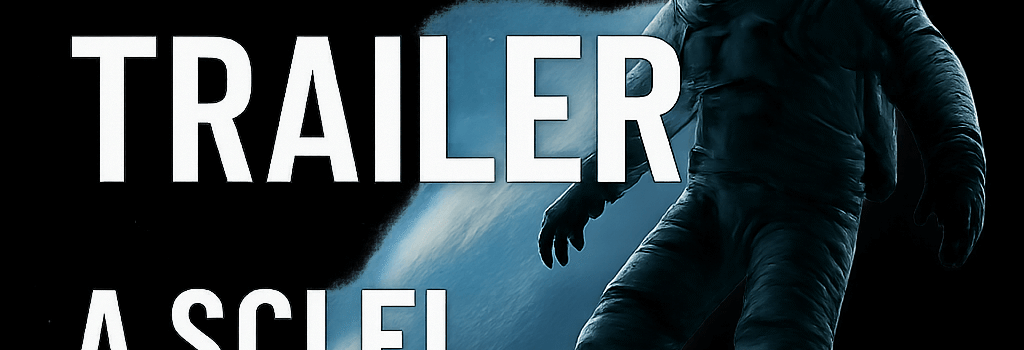Project Hail Mary Trailer: A Sci-Fi Deep-Dive for Fans

Phil Lord and Christopher Miller reunite to adapt Andy Weir’s 2021 bestseller for the big screen, with Ryan Gosling starring as reluctant molecular biologist-turned-astronaut Ryland Grace. Amazon MGM Studios released the first trailer on YouTube, showcasing a blend of cerebral science, high-stakes drama, and cutting-edge visual effects.
Trailer Highlights
- Amnesiac Awakening: Grace regains consciousness aboard the starship Hail Mary, thousands of kilometers from Earth, grappling with memory loss and isolation.
- High-Concept Premise: A mysterious interstellar pathogen is dimming the Sun, threatening planetary extinction. Grace is Earth’s best hope for a molecular solution.
- Alien Encounter: Grace befriends an extraterrestrial life form—nicknamed Rocky—showcasing cross-species communication via visual cues and physics principles.
- Humor & Humanity: Gosling’s quips, such as putting the “not” in “astronaut,” balance the trailer’s tension with Weir’s trademark wit.
Visual Effects and Production Technology
Behind the scenes, Amazon MGM Studios partnered with Industrial Light & Magic and One of Us VFX to deliver photorealistic space environments. The production employed:
- 8K RED Cameras for ultra-high resolution shots of spacecraft interiors and EVA sequences.
- LED Volume Stages powered by Unreal Engine 5, enabling dynamic lighting consistent with solar angles and starfield simulations.
- Cloud-Based Render Farms on AWS ThinkBox to process over 10 petabytes of CG data—reducing frame-render times from hours to minutes.
ILM’s lead supervisor, Dr. Michael Tran, notes:
The trailer’s cosmic vistas and microgravity effects were validated against NASA’s publicly available datasets and zero-G parabolic flight footage.
Scientific Accuracy and Molecular Biology
Andy Weir’s novels are celebrated for rigorous science. Here, the plot revolves around an alien microbe—dubbed “Astrophage”—that drains stellar energy via an unknown photosynthetic process. The film’s science consultants include:
- Dr. Priya Rao, astrobiologist at Caltech, advising on extremophile physiology and genetic sequencing methodologies.
- NASA Jet Propulsion Laboratory engineers, confirming the feasibility of a solar-sail–augmented photon drive inspired by Project Starshot research.
Rao explains:
The depiction of in-flight PCR instruments and lab-on-a-chip microfluidics aligns closely with current prototype developments in space biology.
Anticipated Impact and Fan Reception
Following the success of The Martian (2015), expectations are high. Early reactions on social media highlight:
- Appreciation for Gosling’s nuanced portrayal of scientific problem-solving under duress.
- Speculation about Rocky’s cultural and linguistic breakthroughs, echoing first contact protocols.
- Technical deep dives by enthusiasts dissecting spaceship schematics and propulsion theory published in the trailer’s frames.
Additional Context: Streaming & Distribution Strategy
Amazon MGM Studios plans a global theatrical rollout on March 20, 2026, followed by a Prime Video streaming debut six months later. Analysts project a $200M+ box-office, bolstered by cross-promotion on Twitch and IMAX VR experiences in select markets.
Looking Ahead
As production wraps VFX in late 2025, keep an eye on behind-the-scenes featurettes revealing AI-assisted de-aging tools for Gosling’s flashback sequences. Whether you’re a hardcore Weir fan or a tech-savvy viewer, Project Hail Mary promises an immersive blend of authentic science, spectacular visuals, and human resilience in the void.